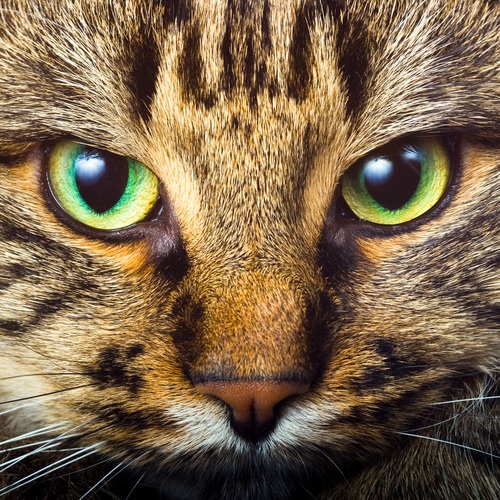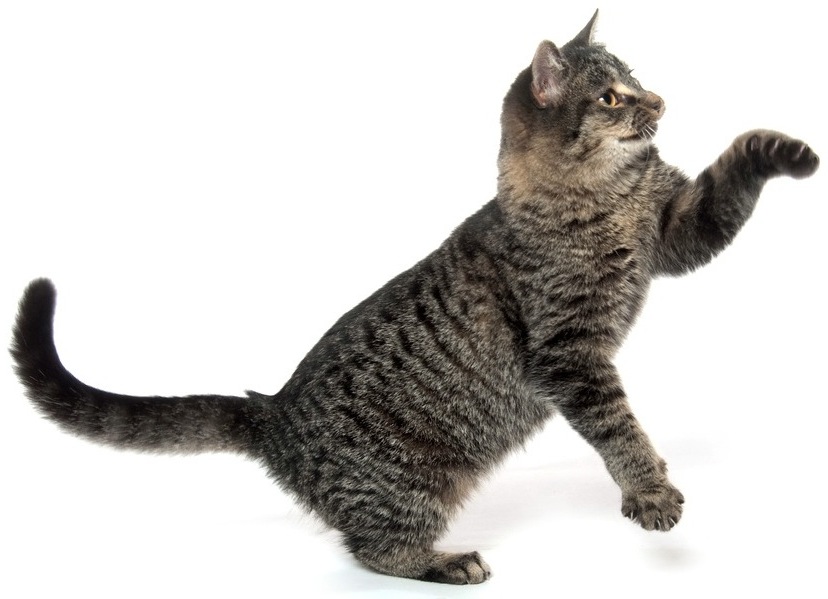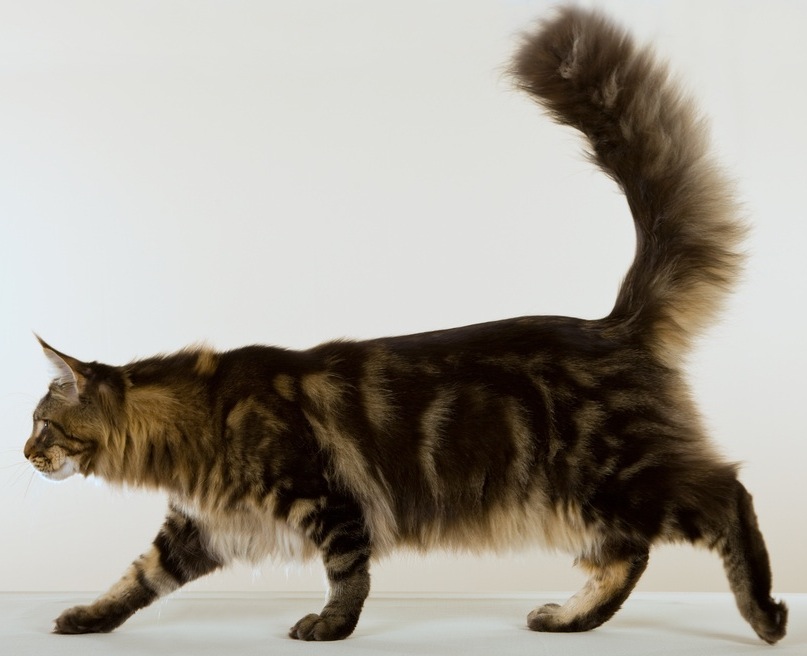How many different types of tabby patterning are there in cats?

Tabby cats all have a distinctive M-shaped tabby marking on the forehead, known as the scarab pattern, based on its similarity to the outline of this type of beetle. There are actually four recognisable types of tabby patterning, which can be seen in both pedigree and ordinary household cats.
Tabby markings are often more distinctive in pure-breds though, where breeders have concentrated on developing this characteristic as a breed feature in some cases. The patterning can also be broken with Blotched tabby Maine Coonrandom white markings though, in the case of tabby and white cats, and also tortoiseshell tabby and white individuals, better known in North America as torbie and whites.

The traditional form of tabby is known as the mackerel (above), thanks to the stripes running down each side of the body, resembling the bones in a fish's skeleton.

Blotched tabbies (above) are also common, with prominent darker blotches on their flanks, rather than the more discrete patterning seen in the mackerel tabby. Tabby patterning can be associated with any colour, but in the case of brown tabbies, the markings are black, whereas in other cases, such as cream or red, the darker tabby markings are of the same colour as the ground colour itself.

You can also see spotted tabbies on occasions too, as displayed by breed called the Ocicat (see above) where the pattern of tabby lines is effectively broken up to form spots. The patterning, as with mackerel tabbies especially, is highly individual.

The other type of patterning is the ticked tabby, which is more commonly associated with pedigree breeds, notably the Abyssinian (above) and its long-coated counterpart, called the Somali. In this case, the individual hairs themselves display alternating light and dark banding.